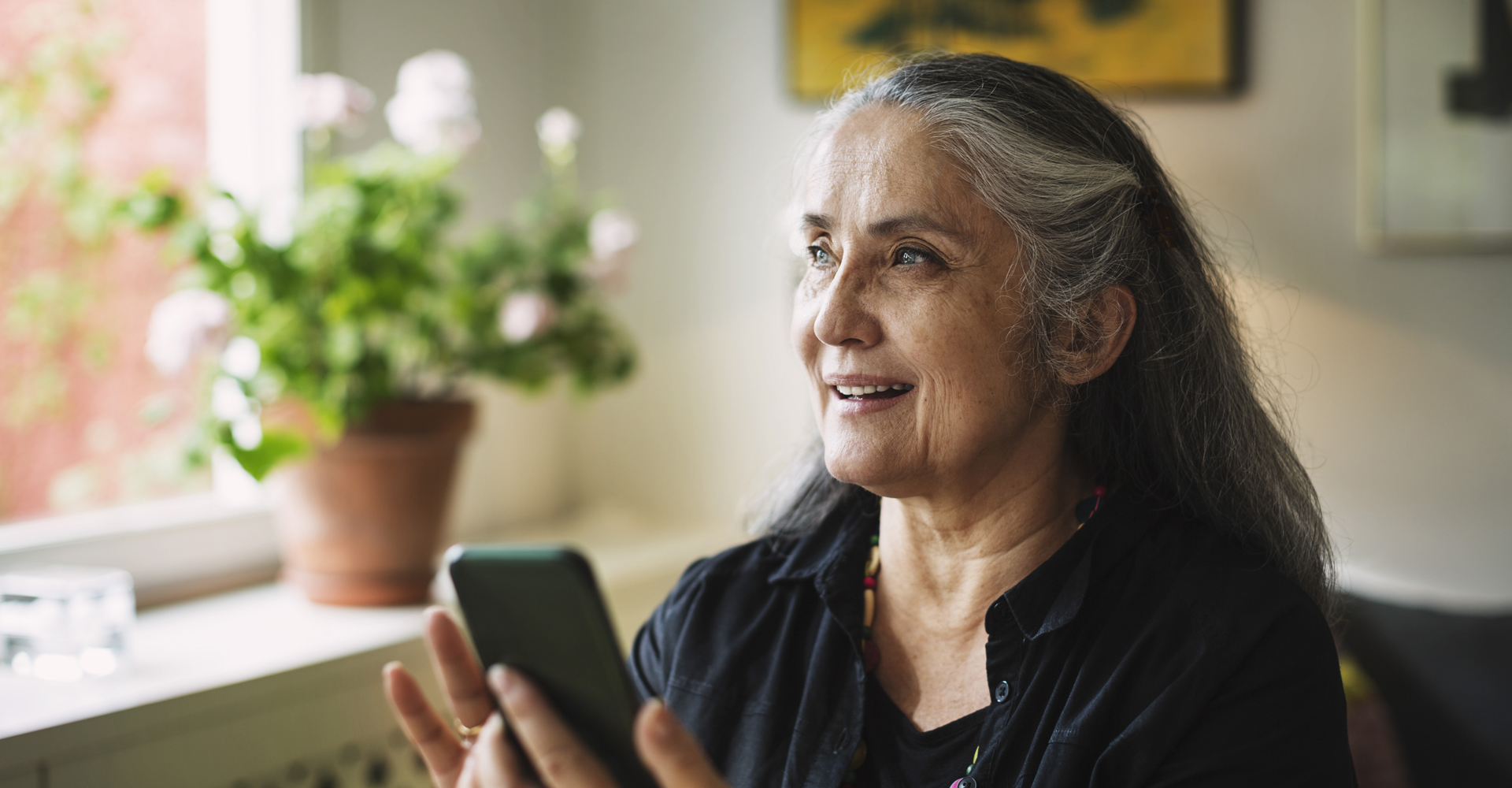
2021-05-03 18:24:37 Author: blog.avast.com(查看原文) 阅读量:179 收藏
For seniors using social media, ensure that you make the most of your security settings
Social media is a wonderful way for seniors to reconnect with long-lost friends and stay in touch with family online. Today, 75% of adults ages 65 and older are using the internet, compared to just 14% of seniors in 2000. From instant status updates to sharing photos and videos, networks like Facebook, Twitter, Pinterest, Snapchat, Instagram – and, yes, even TikTok – have given seniors lots of ways to engage with the world like never before. However, all these sites also require users to trust them with personal information. Let’s take a look at a few easy tips and some good advice for seniors to secure their social media privacy. Further reading: 1. Start with a strong password Every online account you have should use an uncrackable password. Identity theft isn’t just a hassle, it can ruin your finances. Tools like Avast BreachGuard can monitor for personal data leaks to protect you from hackers, plus provide a privacy advisor to help adjust the privacy settings of your online accounts. 2. Choose wisely Avoid using a profile picture where you’re looking directly at the camera – this is the type of image that a cybercriminal could potentially use to forge a driver’s license, passport, or fake ID. 3. Turn on multi-factor authentication One of the easiest ways to strengthen your password security is to set-up multi-factor authentication. Basically, MFA means that you use something more than just your password to gain access to your account. With MFA, hackers won’t be able to log into your account unless they have your password and your phone. Google Authenticator and Duo Mobile are two good examples of MFA apps that you should have on your mobile devices. Facebook app: Go to your profile by clicking the icon in the bottom right > Open the menu in the top right > Settings > Security > Two-Factor Authentication > Get Started. Instagram app: Go to your profile by clicking the icon in the bottom right > Open the menu in the top right > Settings > Security > Login Security > Two-Factor Authentication > Get Started. 4. Check your settings If you’re setting up a new account or if it’s been a few months since you last checked your privacy settings, make sure you review the options you have for limiting the exposure of your personal data. Depending on the social network you're using, you should have the ability to choose and limit what your friends can see including your photos, posts, location, and personal information like your birthdate. Instagram app: Go to your profile by clicking the icon in the bottom right > Tap the menu in the top right > Settings > Privacy > Make sure the Private Account toggle is on. Read more about how to specifically change your Facebook privacy settings here. 5. Know your contacts You don’t have to be friends with everyone who requests to join your network. In many cases, the fewer people that have access to your personal pictures and data, the better. Stick to networking with people you’ve met in person or through a mutual trusted friend. And if someone attempts to friend you when you know you’re already connected with them? That’s probably a fake profile. Let your friend know that someone might be impersonating them and don’t confirm the request. 6. Be smart about status updates It’s fun to share vacation photos and status updates, but it’s important to be wise about when you choose to share them. Avoid sharing posts that indicate you are away from home or that reveal a vulnerability – like an unlocked window – when you’re home alone. 7. Turn off location sharing Facebook and Instagram can learn your location using your IP address (an Internet Protocol address identifies the location of a device on the internet or local network) and Wi-Fi connection, but turning off GPS permissions will reduce the accuracy of what’s shared. iPhone: Go to Phone Settings > Privacy > Location Services > Instagram > Never. Android phones: Go to Phone Settings > Location > App access to location > Instagram > Deny. (These instructions may vary slightly on some devices. On other versions of Android, location settings are sometimes in the Permissions menu.) 8. Be careful what you click Social media sites are full of fake promises for free money, great deals, prizes, and clickbait that will pull you away from the social media site you are using. It’s always a good idea to click less, not more. You could be putting yourself at risk for being hacked by malware, having your account stolen, or at the very least, being spammed by lots of ads. It’s best to assume the worst. Just keep scrolling and skip the temptation to click or screen tap. 9. Talk to experts It’s impossible to know everything there is to know about social media. Reach out to family or friends that use it often and ask what they are doing to manage their social media privacy. No matter who you talk to, be very careful before giving anyone – even a family member – access to your accounts or personal data. Social media is a wonderful way for seniors to connect with family and friends, but the internet is not a safe place for those who do not understand how to protect themselves from its dangers. It’s important to stay up to date with your security settings and always be careful of what you’re sharing online.
How to protect your older loved ones from getting scammed online
3 smart devices to improve elder care
Tech can help us protect seniors
如有侵权请联系:admin#unsafe.sh
.png)